ADVERTISEMENT

AnOrdain is all about enamel. For the ten years since the brand's founding in Glasgow, Scotland, it has amassed a cult following of enthusiastic watch collectors who gravitate towards the brand's mesmerizing, vitreous – otherwise known as grand feu – enamel dials, all made in-house by a handful of enamellers. With the brand's watches being one of the more accessible ways to own a hand-made enamel dial on your wrist, demand has far surpassed its very limited production size, with wait times being a few years out for these models. No artificial scarcity is found here. These dials are no joke, and are mostly found on pieces by other brands fetching multiples of the price of, say, an AnOrdain Model 1.
If you're AnOrdain, how do you increase production at the brand, while still offering something new and very much rooted in the brand's artisan-driven ethos? Well, after three years of development, the Scottish brand now offers porcelain dials for the Model 2.
Here's a quick refresher on the difference between enamel and porcelain dials. Vitreous enamel dialmaking involves applying glass powder (often colorful) to a metal base by hand — it can be applied dry through sifting, or by mixing the glass powder with water to create a paste to be painted on. After this application process, the dials are baked at high temperatures until the enamel powder melts and bonds onto the dial surface. This process is repeated until the desired result is achieved. For something like a fumé dial, with a gradient effect, multiple pigments can be used on the dial for the shift in color. It is a painstaking process, and the failure rate for enamel dials also adds to the lengthy production time.
Porcelain, on the other hand, takes a base dial of clay and fires it at a high temperature. For certain finishes, a vitreous glaze can be applied to the dial and fired to bond with the porcelain dial. Remember pottery class from high school? Different ingredients and minerals in the glaze help dictate the final finish; for example, iron oxide leads to the black dials we'll see today. AnOrdain is quick to point out that they do things the traditional way. Others may just use sheets of ceramic for a final glossy porcelain look, or injection molding of porcelain slip (essentially a liquid slurry of clay) to quickly produce dials. But the Glasgow team has enlisted master potters to develop the process to produce them the old-fashioned way here.
Super-LumiNova is hand-painted into the openings of the printed numerals.
One distinct advantage of porcelain over enamel dials is its ability to be produced in small batches rather than one by one. But despite that fact, it's still mostly by hand — AnOrdain will be producing 30-40 dials per month to start. The first design to receive the porcelain treatment is the brand's Model 2 design, with each dial crafted by in-house porcelain artist Cara Louise. Pricing is more accessible than the enamel dial variants, with the base variant starting at $2,512. The brushed case, with its rounded corners and twisted facets, offers the largest wrist presence among the brand's three designs and comes in a diameter of 39.5mm, with a 36mm option available later this year. The thickness is reasonable here at 11mm, even factoring in that the dial is significantly thicker than a conventional one.
The dial is the main appeal here, with the porcelain base creating a deep, glossy black. From the side, reflected light shows off the unique texture of each dial, with dimples a byproduct of the production process. But in normal light, the deep black sets the stage for the distinctive numerals on the dial, pad printed in a metallic gold. The typeface is custom-designed by AnOrdain's in-house typographer and differs slightly from the typeface seen on other Model 2s, most notably in the segmentation within the design of each numeral. This is no doubt partially related to the fact that on the Porcelain Model 2, the Super-LumiNova is actually hand-painted into each of the little pad-printed cavities.
The imperfections of a hand-made dial only show up in certain lighting conditions.
AnOrdain has always done a great job of maintaining a distinct and highly recognizable visual identity due to its emphasis on in-house artistic talent, and it's small details like this that continue to bolster that. A set of gold-plated and sandblasted brass hour hands evokes a rounded, abstract take on sword hands, and the seconds hand is bright red lacquer with its arrow tip covered in Super-LumiNova. A minutes and seconds track is printed in white around the edge of the dial.
This, as you can imagine, is a highly enjoyable dial. Despite being "just" a black dial, it's a great introduction to this line as the contrast of the numerals and gold-colored accents keeps it very lively. While collectors who line up for the Model 2 in porcelain are sure to actually enjoy the imperfections and dimples on the dial, keeping each one unique, I appreciate that it appears very even in most lights. It keeps the imperfections as a bit of an easter egg, only able to be caught in very specific conditions.
Inside the watch beats the La Joux-Perret G101, a break from their previous ETA 2824 and Sellita SW200 options. Interestingly, you have two options for the caliber. You can opt for a standard iteration of the G101 with a closed caseback. Alternatively, you can opt for an exhibition caseback featuring a specially decorated version of the caliber, designed by Glasgow artist Rachel Duckhouse, as an optional upcharge of approximately $430. It is a unique take on movement finishing at this price point, with anthracite striping done in a spiral motif emerging from the barrel pivot. The rotor is partially skeletonized with curved stripes in the other direction, creating an interesting visual effect when it spins around the back. Decoration aside, the caliber beats at 28,800 VpH with a contemporary power reserve of 68 hours. I think I'd opt for the decorated movement, with the tie-in to Duckhouse serving as a nice way to add another Glasgow artist's touch to the watch. Why not lean into the theme?
On the wrist, the Model 2 Porcelain is a very striking watch. Larger wrists will certainly opt for the larger model, especially as more dial real estate is a plus for any AnOrdain. But I can't help loving the medium version more, mainly because of the proportions. The 36mm measurement might throw some people off, but it's quite a beefy case and fills out a wrist quite well. The larger bezel-to-dial ratio of the smaller watch also makes the design stand out even more, which is probably why I'm so drawn to it. If you're rushing out now to buy the smaller variant, you'll have to wait until its launch later this year. Gives you more time to save up, anyway. But if you want the large one, the current published lead time is around 6 months.
The 36mm 'Medium' variant, coming soon.
Porcelain feels like such a natural progression for AnOrdain to continue its handcraft while attempting to offer more watches into the world. And it's already been proven that people want more. I'll admit, before looking further into porcelain dialmaking for this piece, I didn't realize that the process could be this time-consuming, and that there were other ways to an easier porcelain dial than the traditional way as done by them. But easy is certainly never AnOrdain's goal, so what we get are some interesting new watches, at a more approachable price point than their flagship models. I'm eager to see what colorful porcelain might be in store for the future.
For more, visit AnOrdain online.
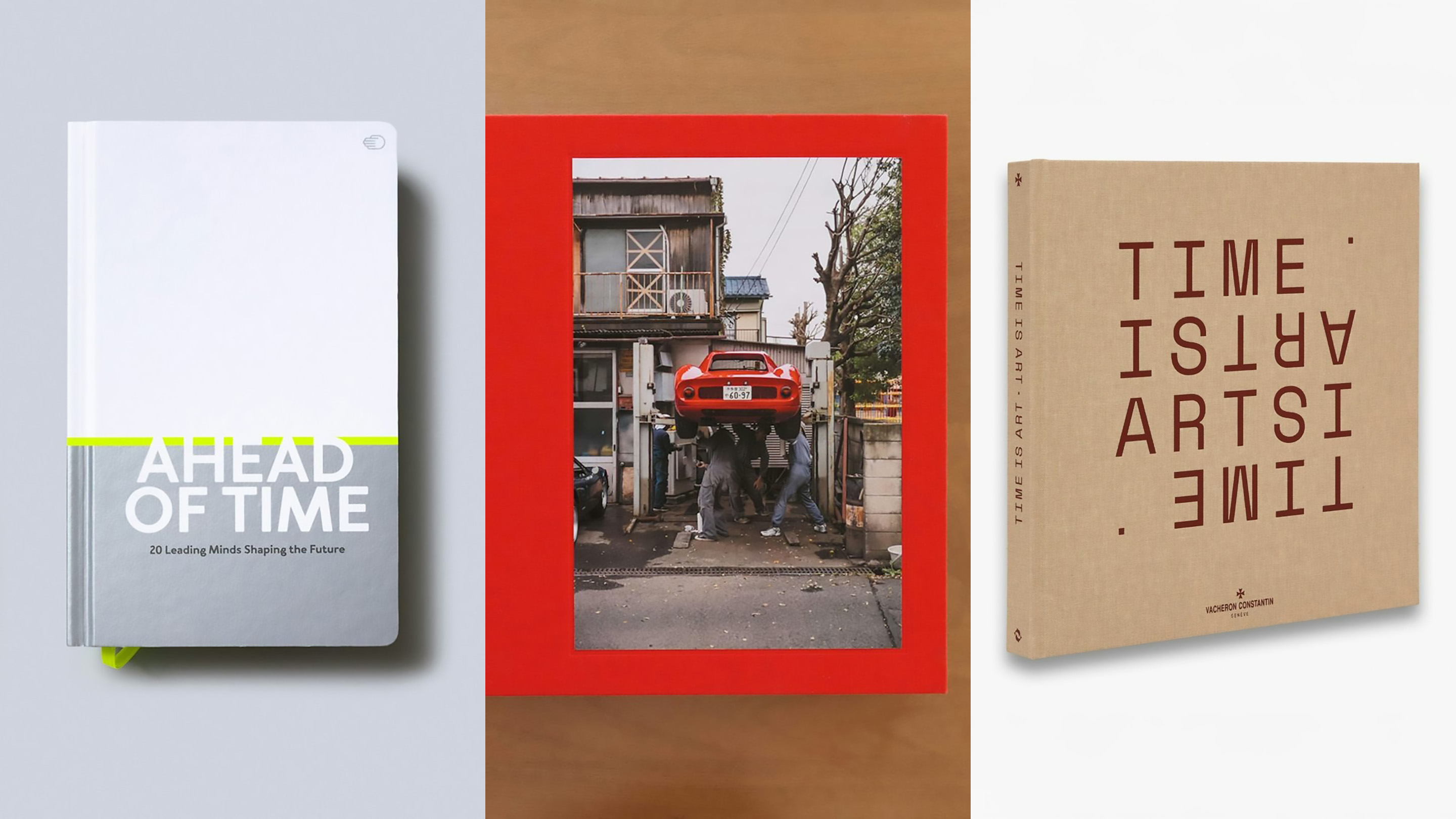
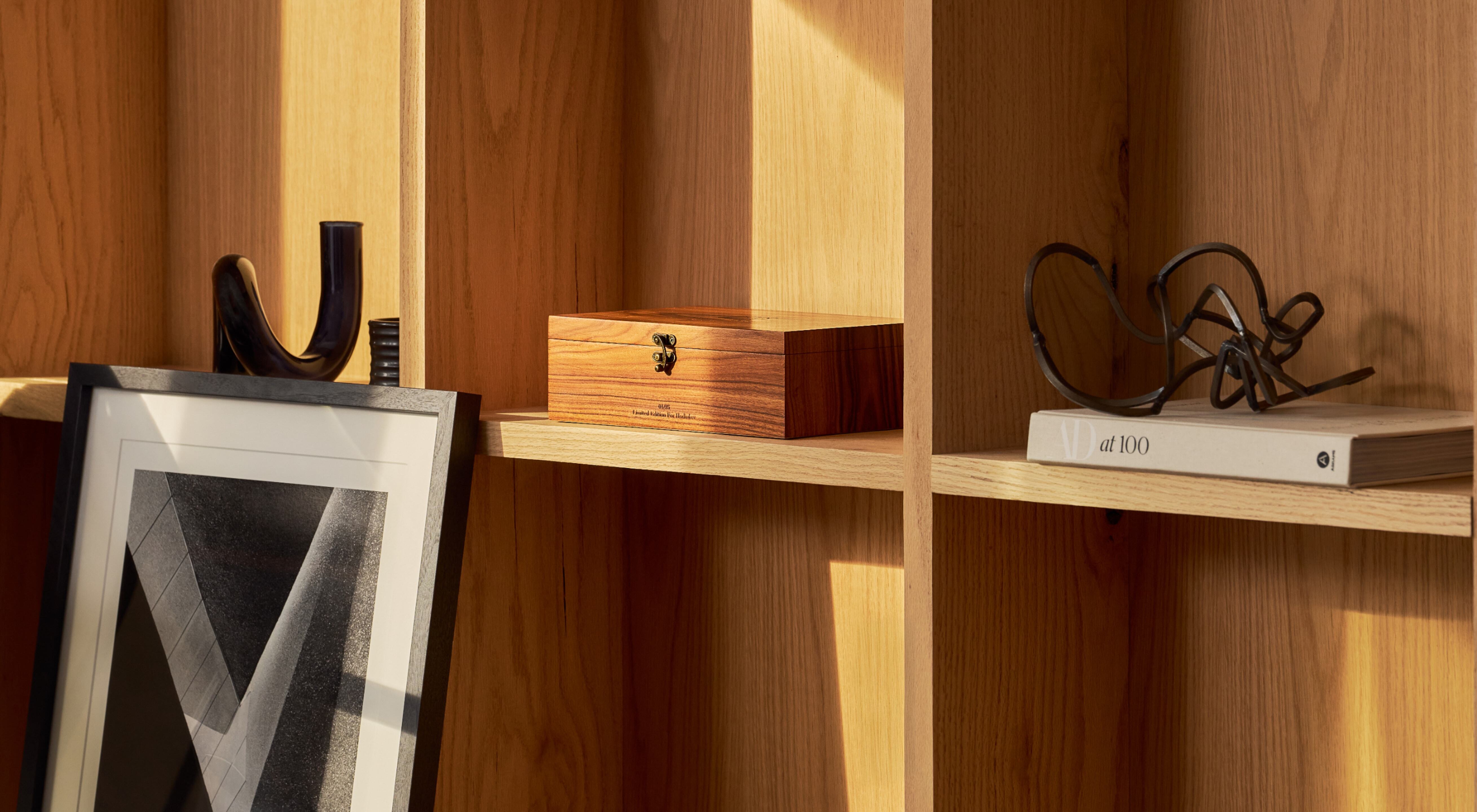
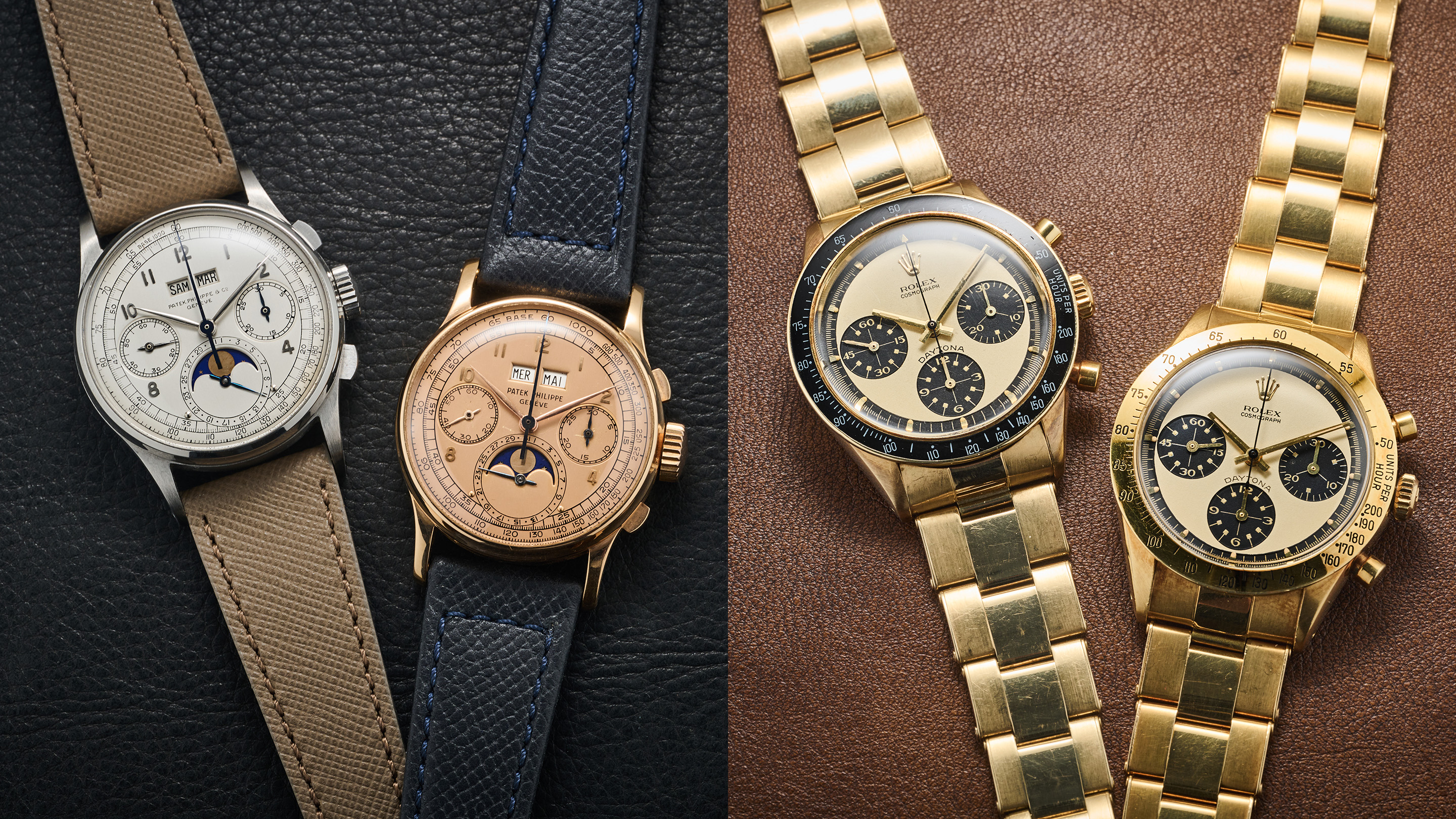
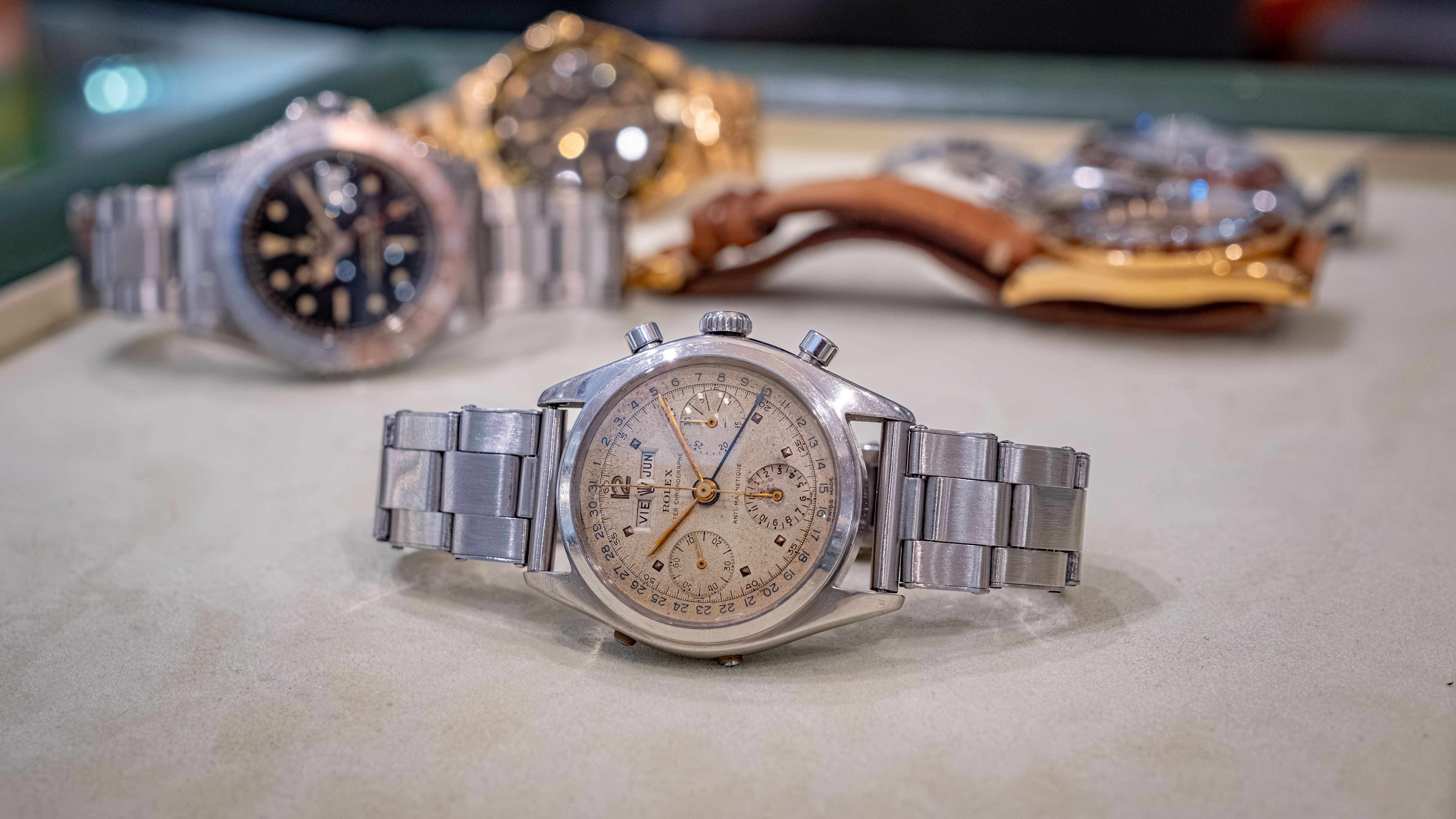


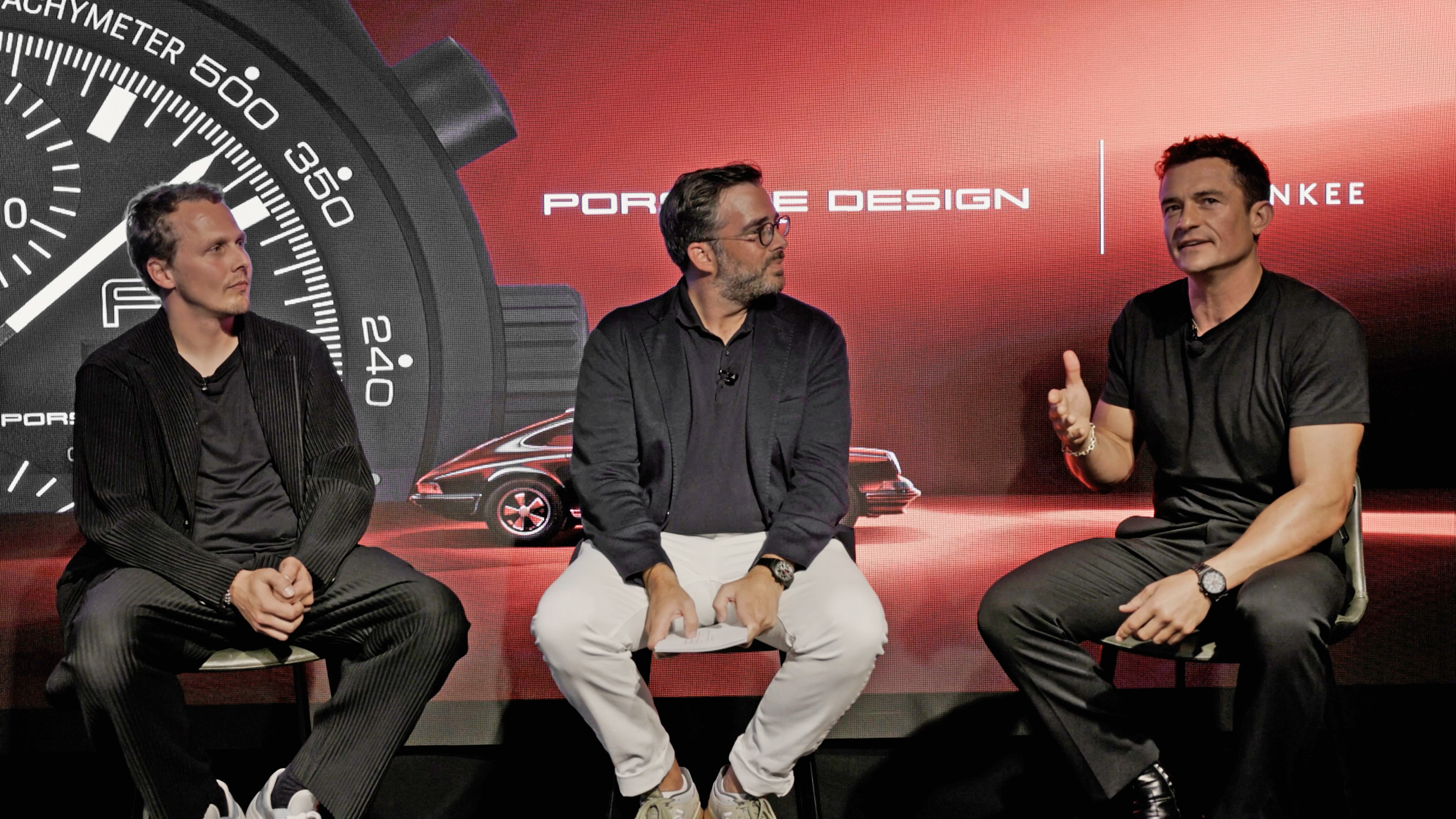
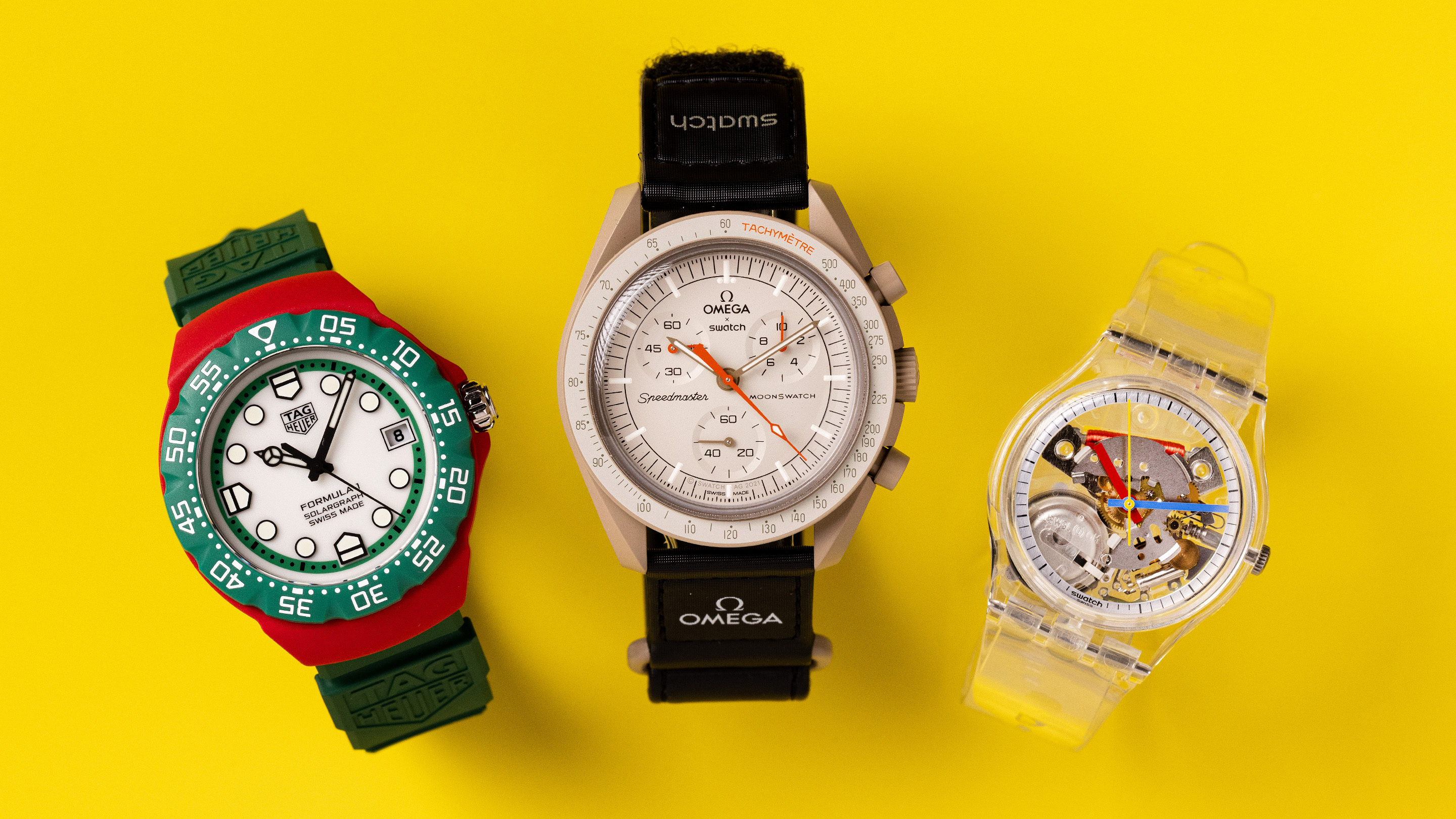
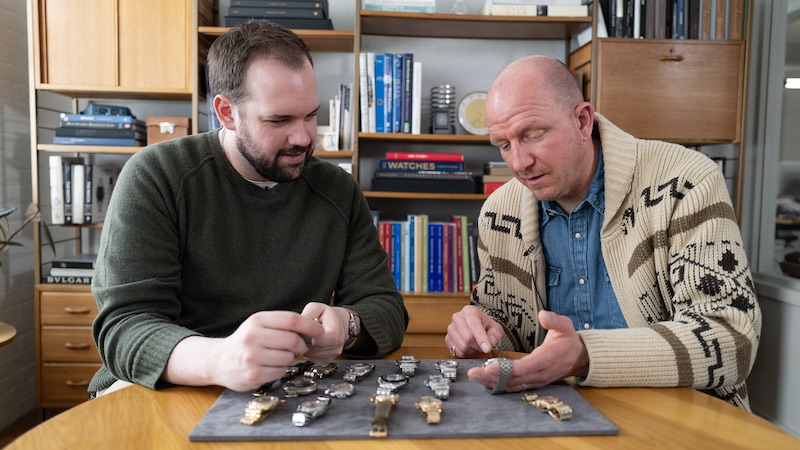

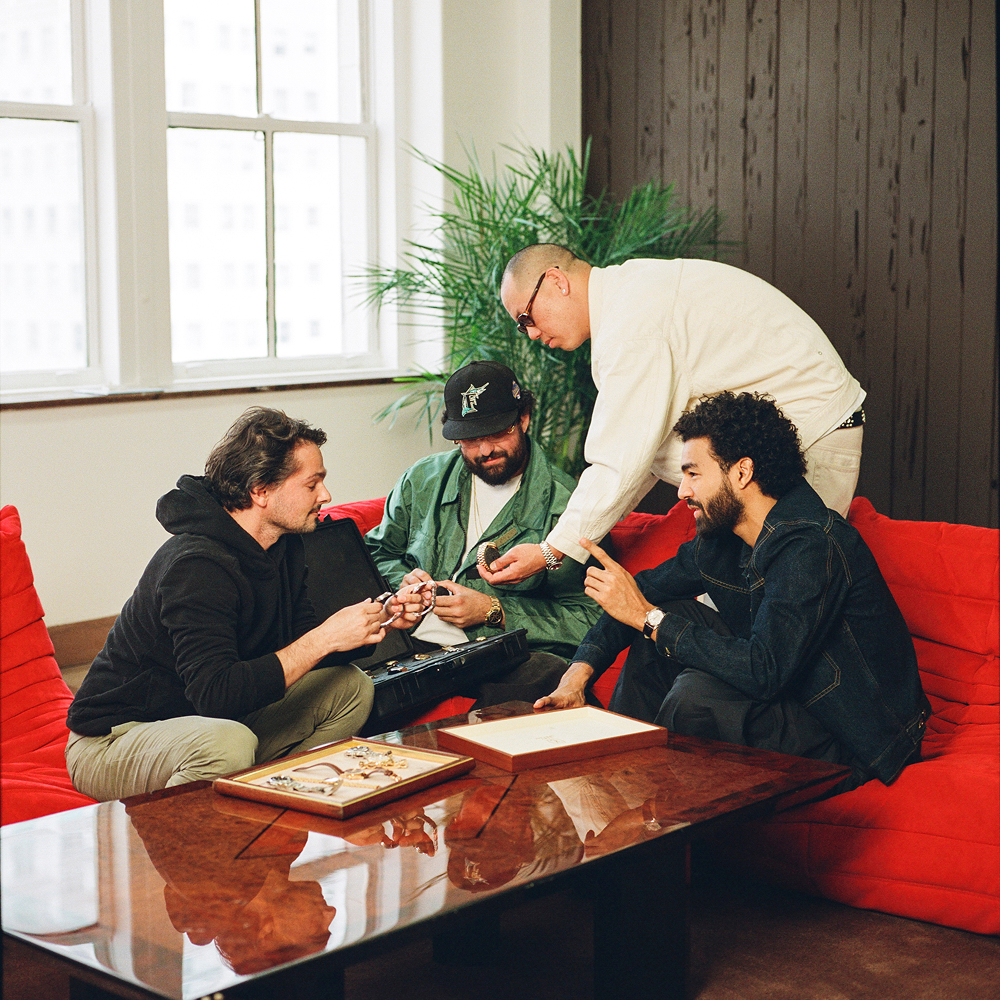
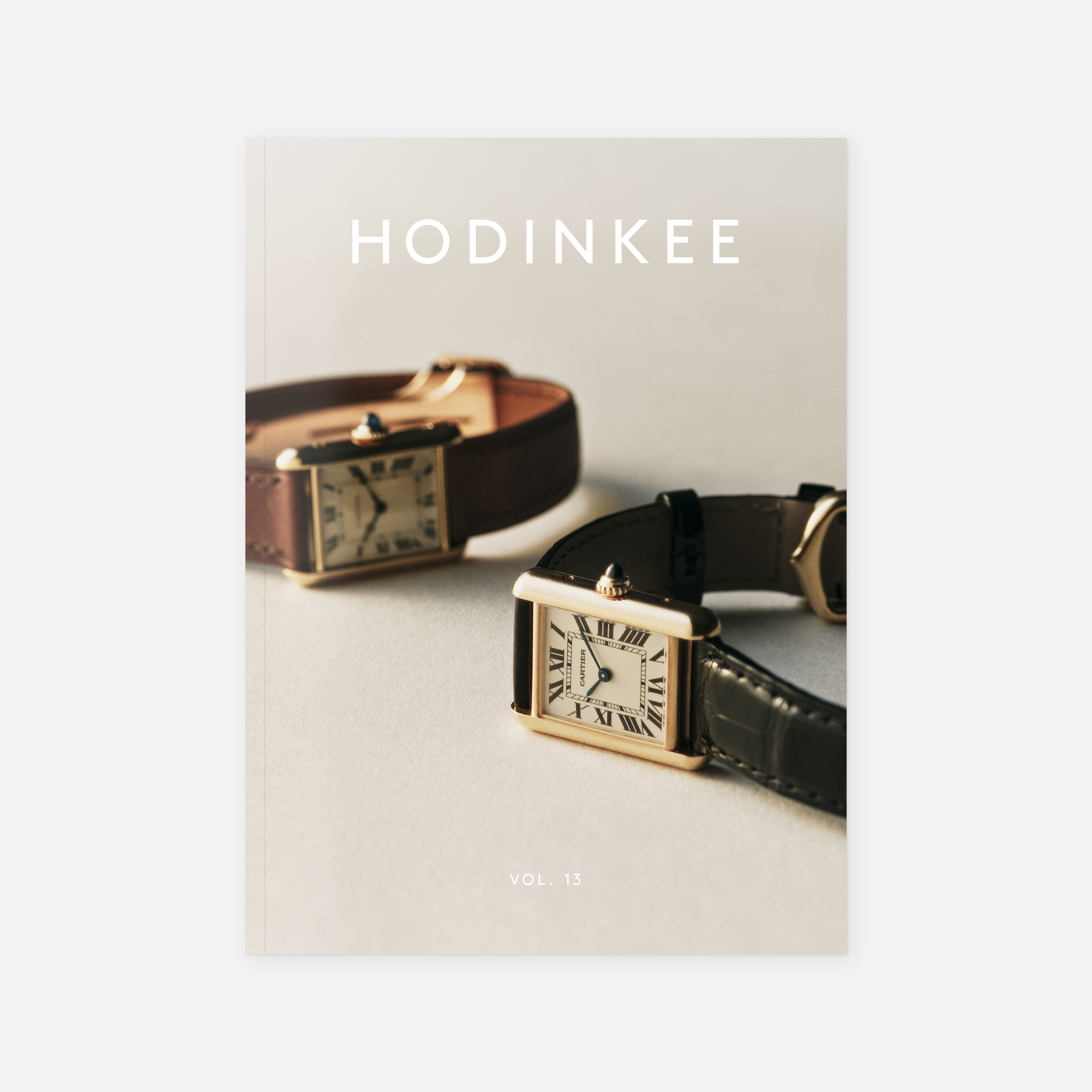
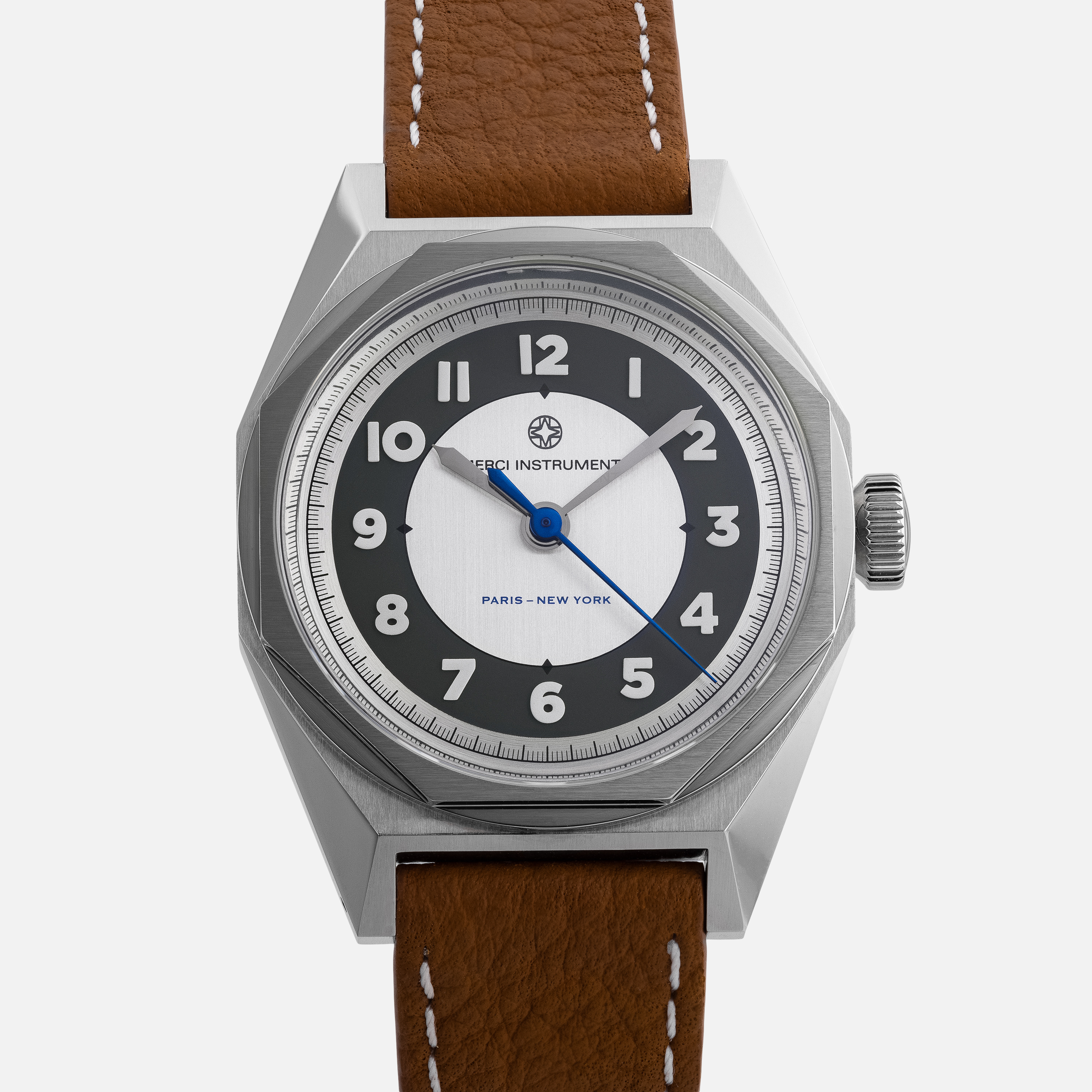
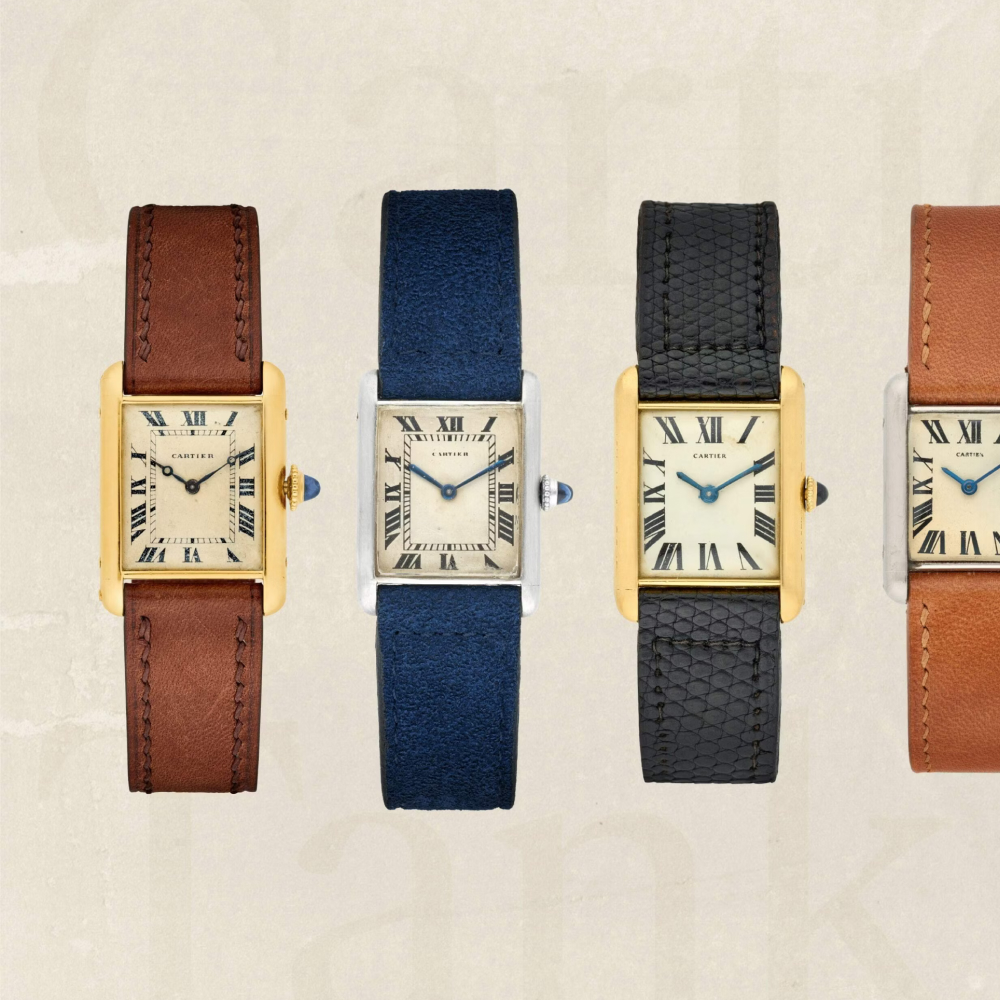







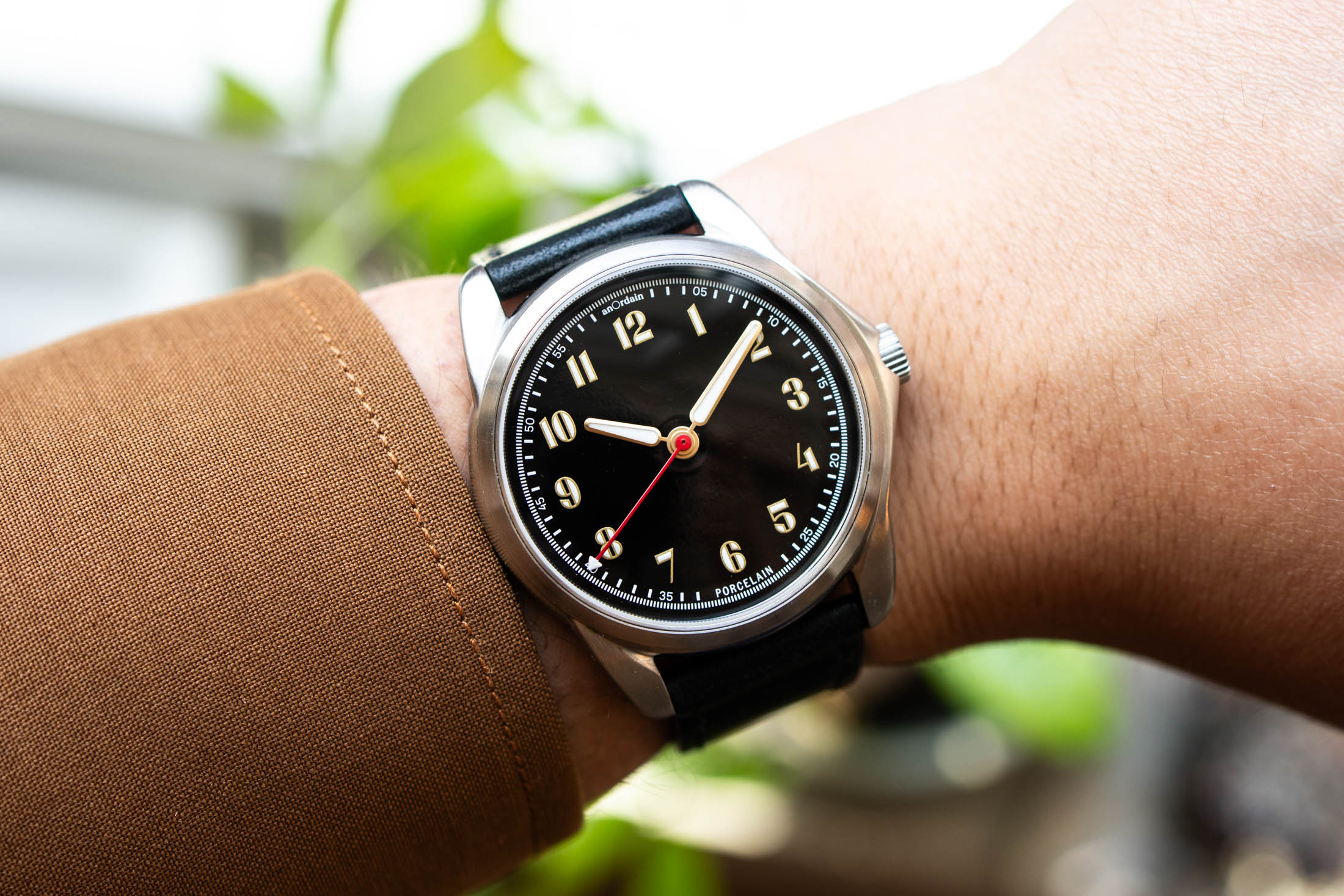
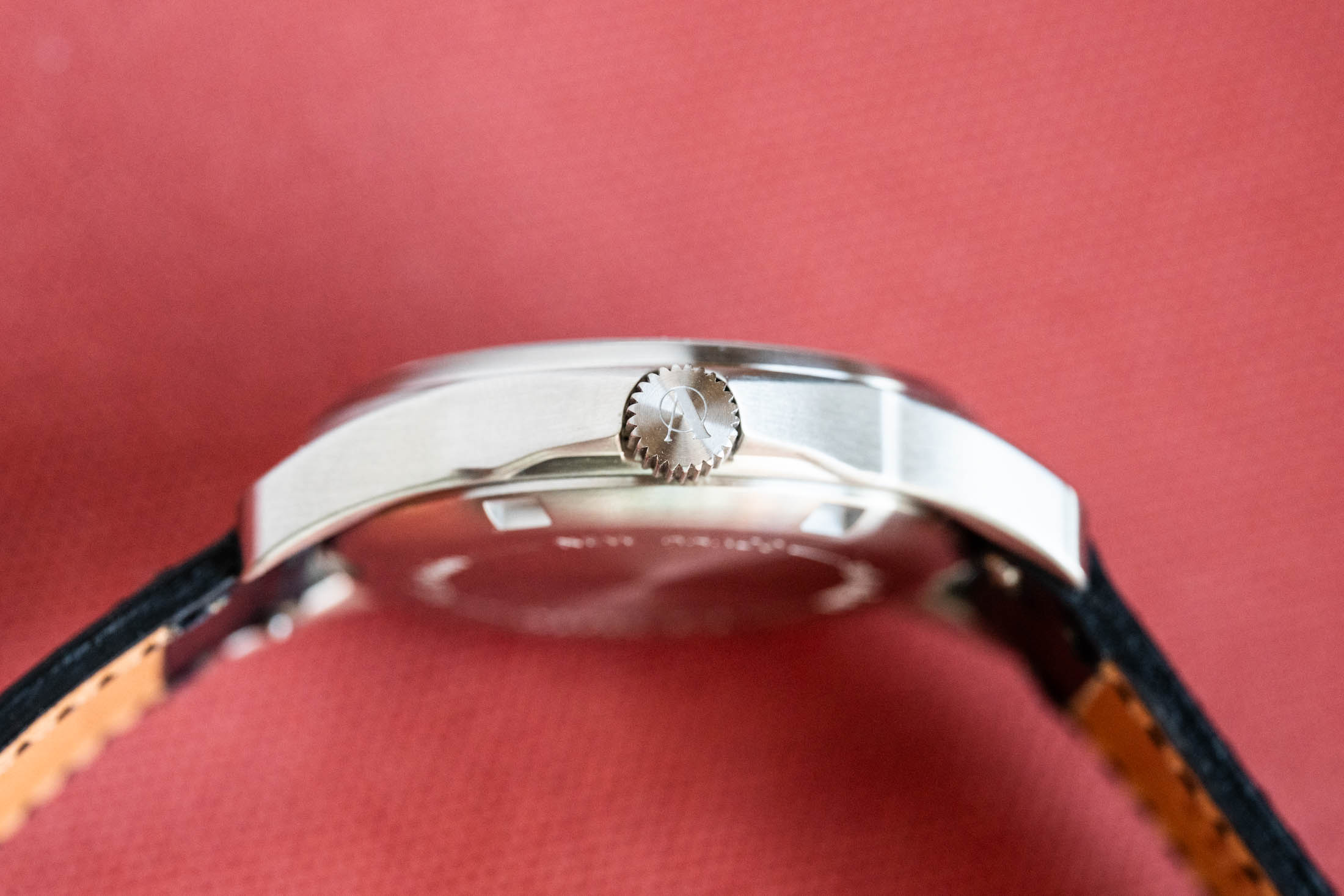
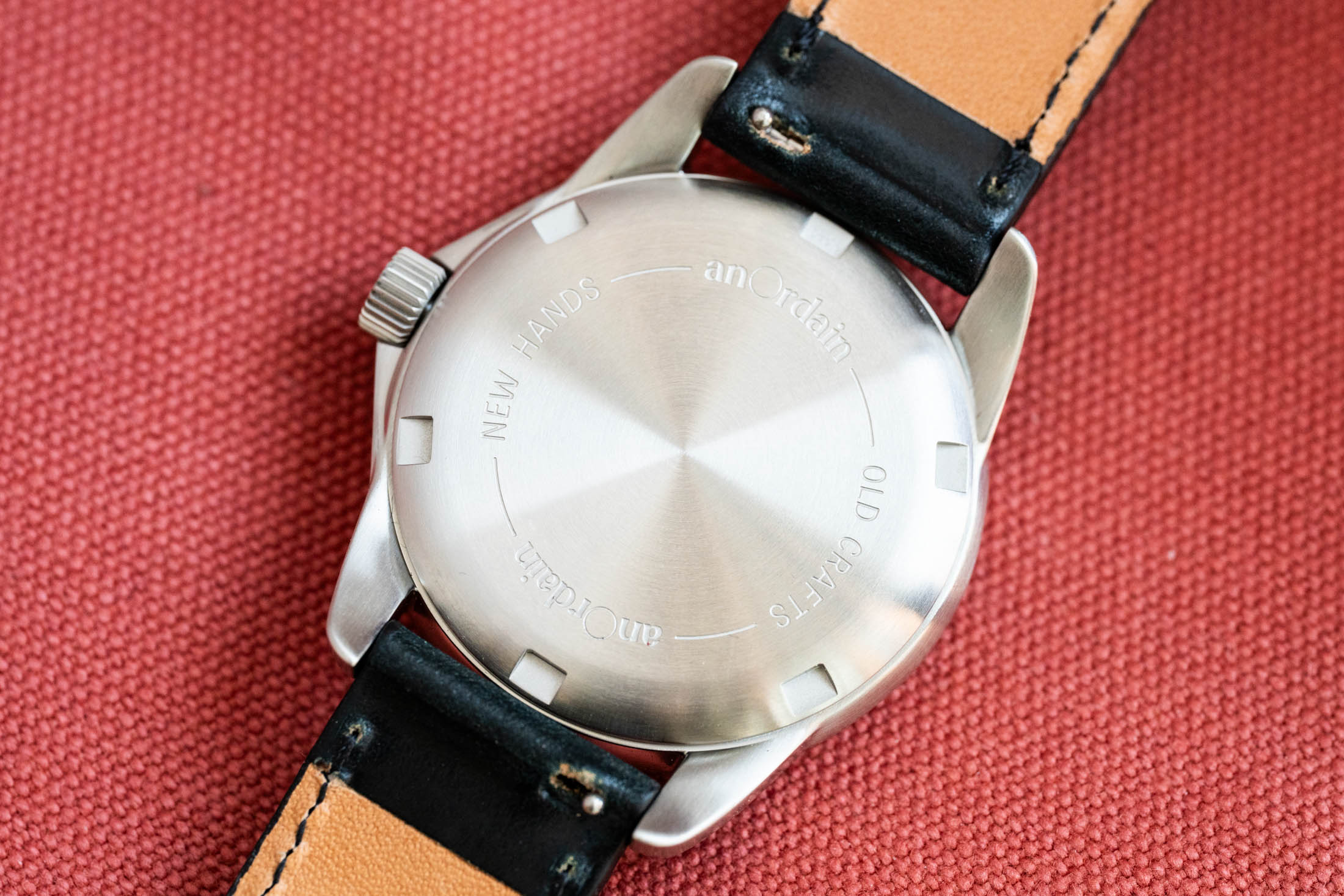
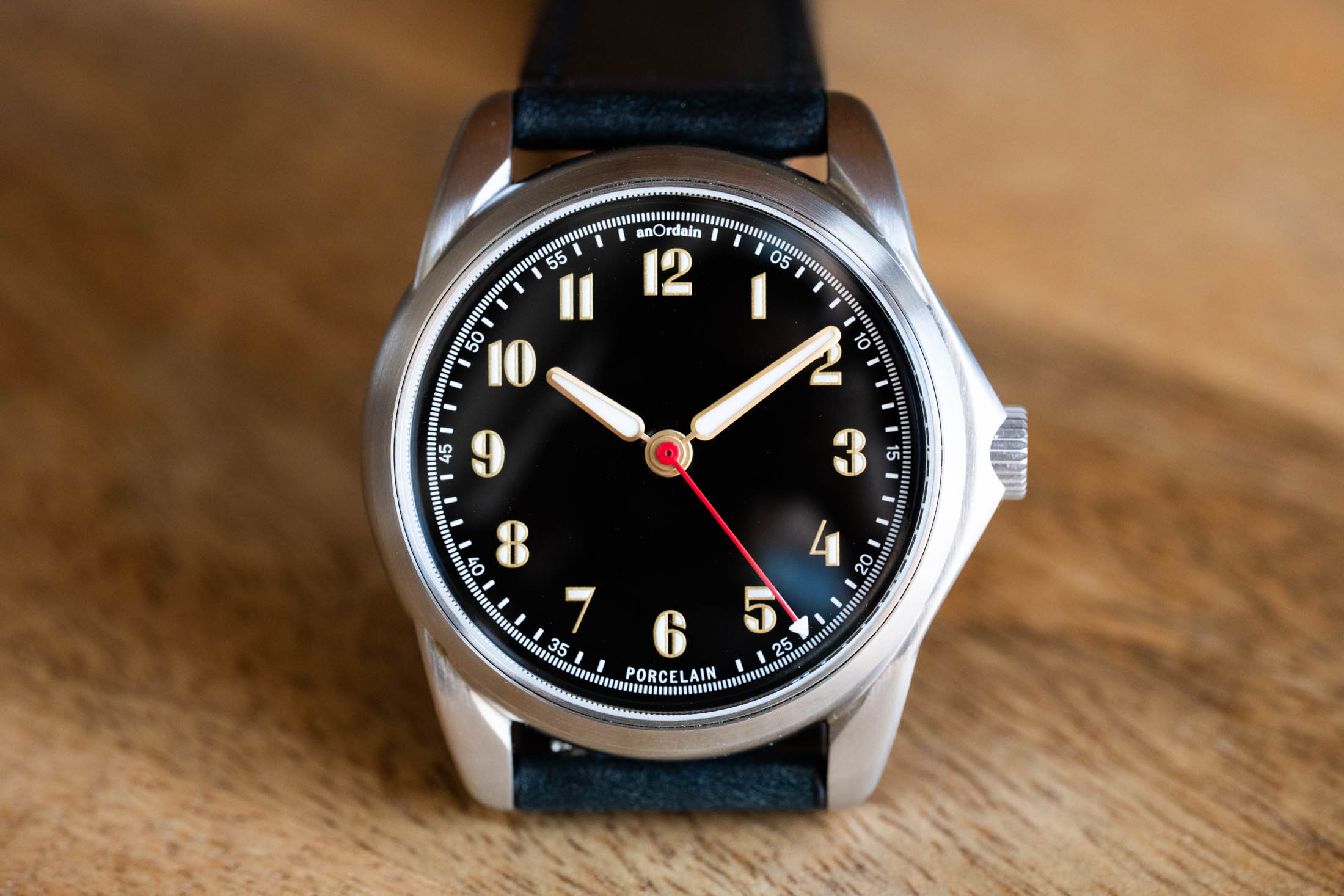
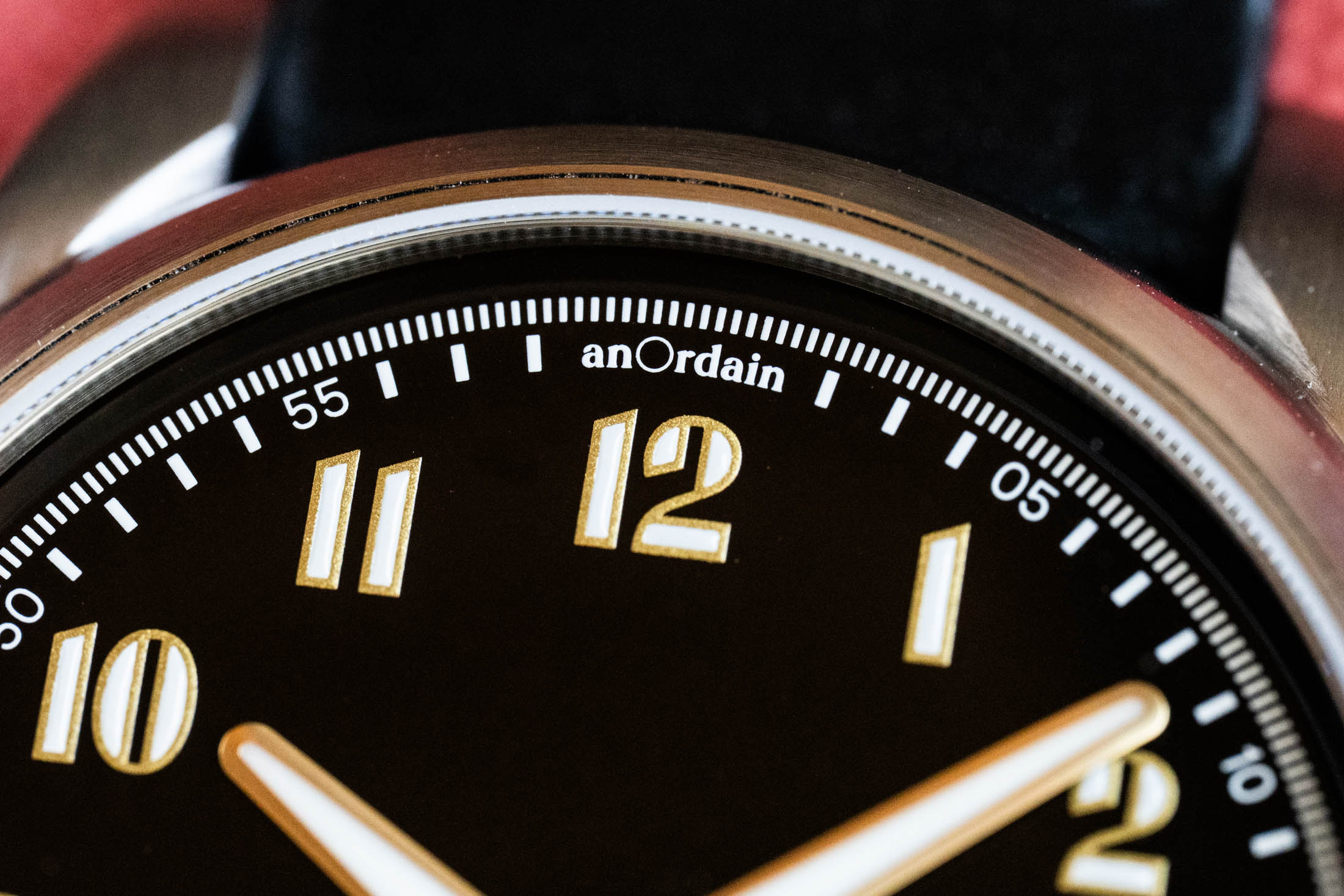
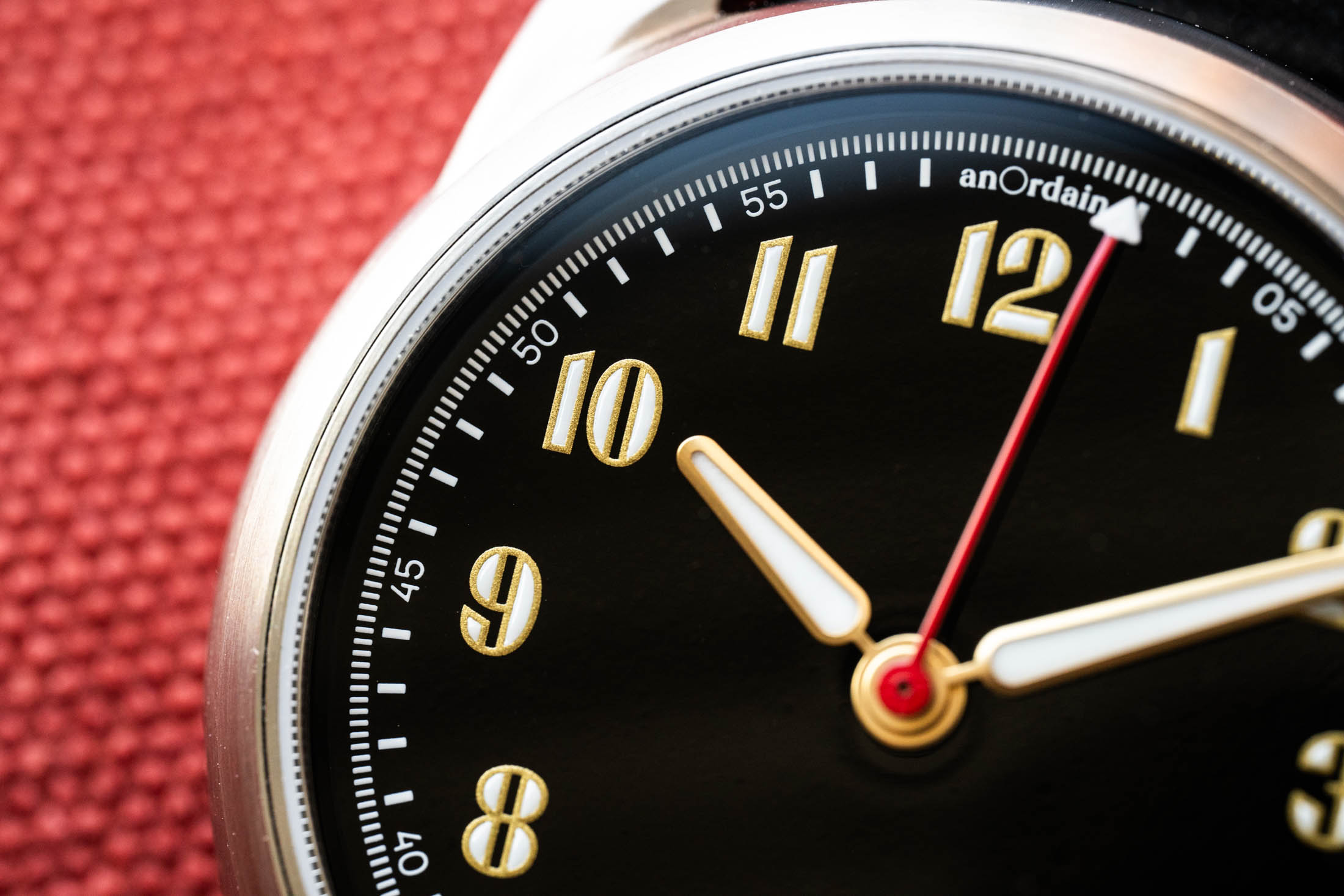
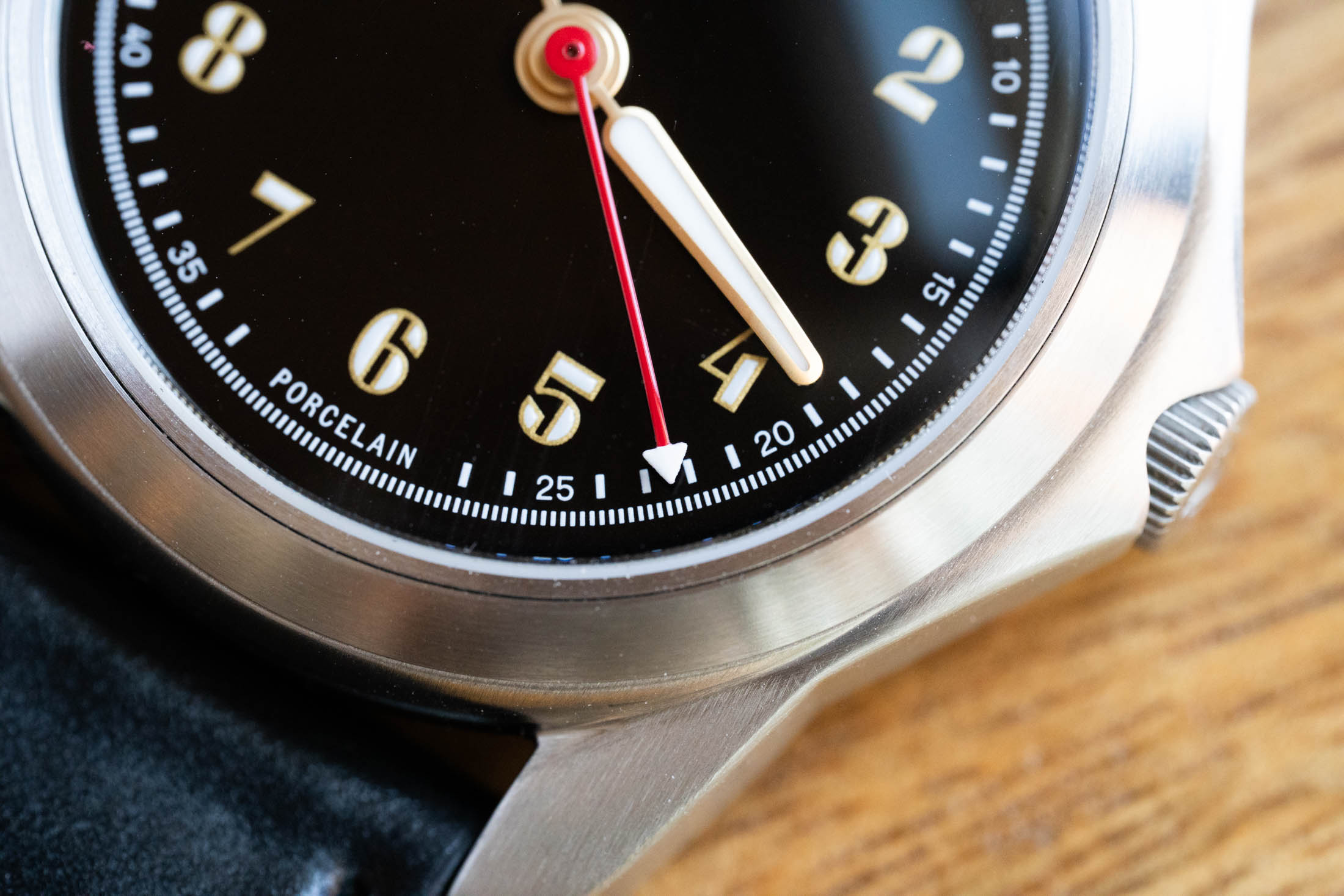
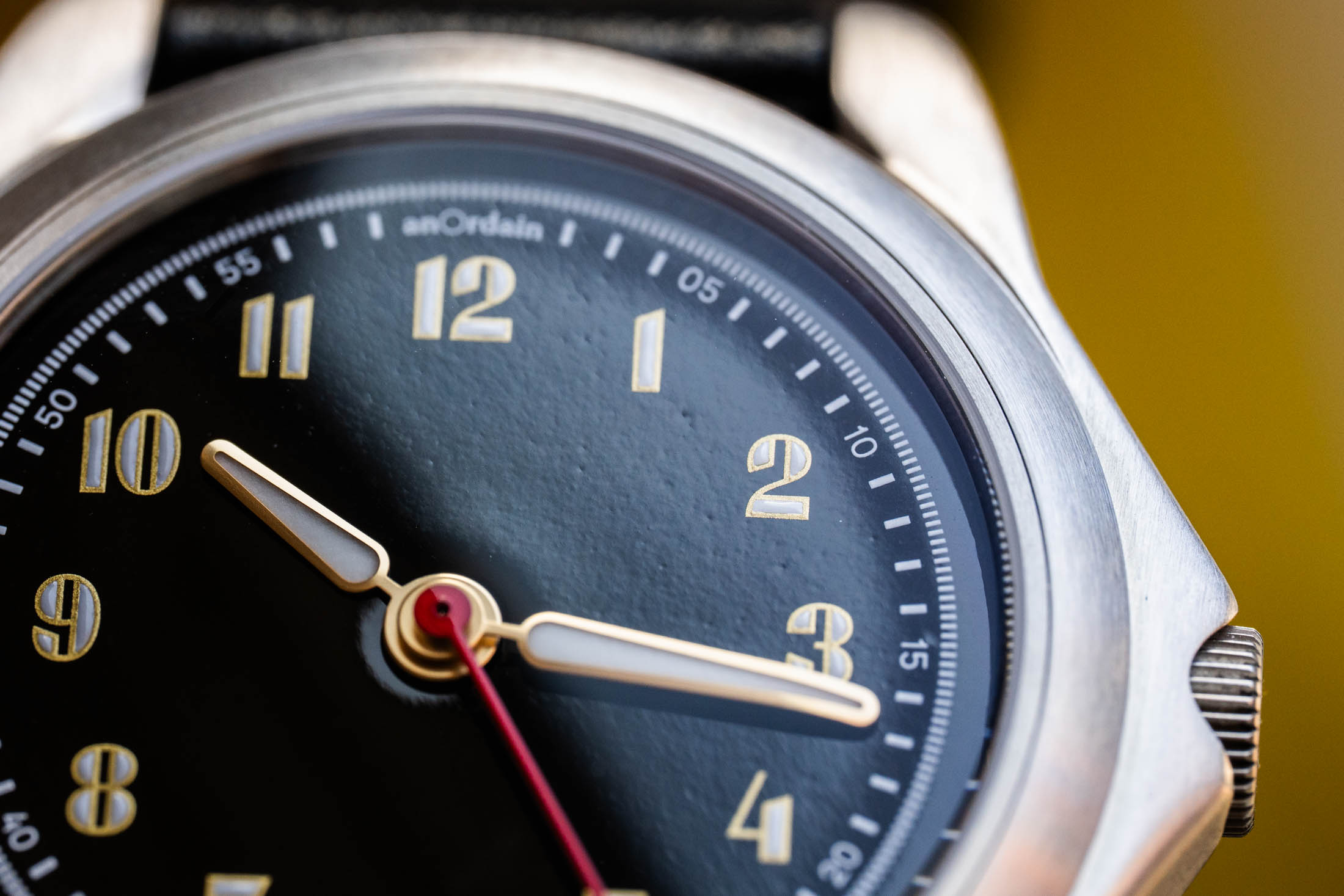
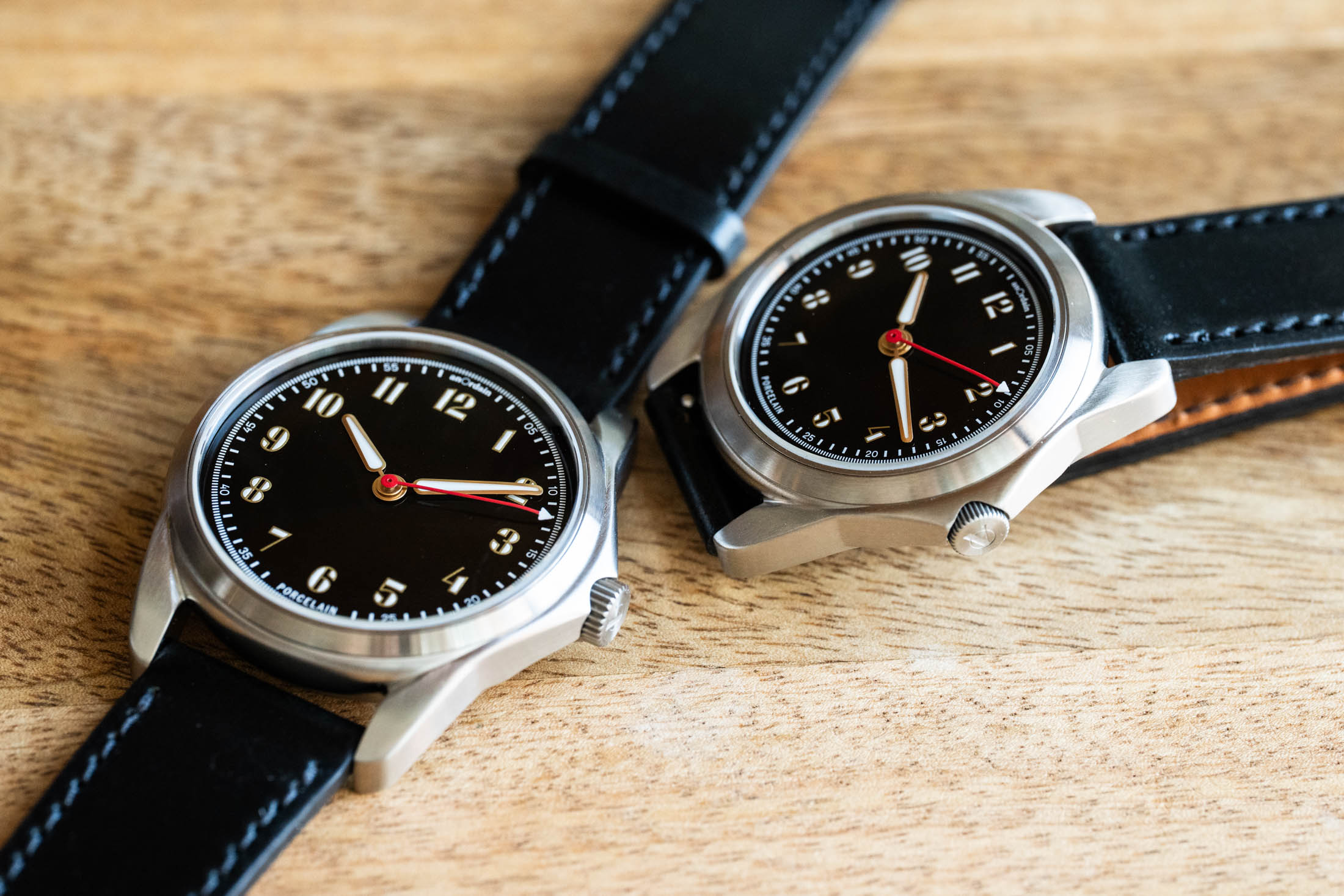
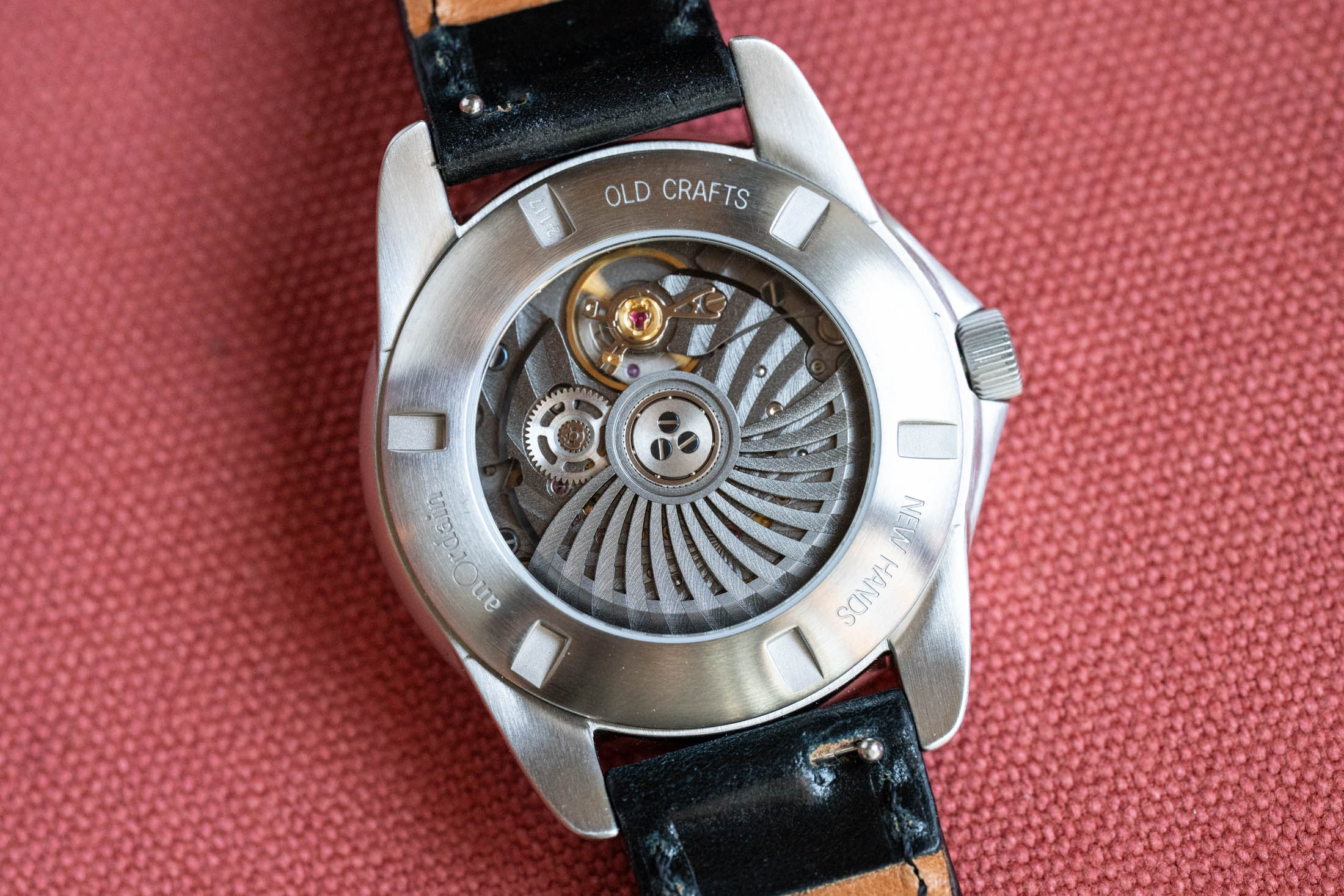
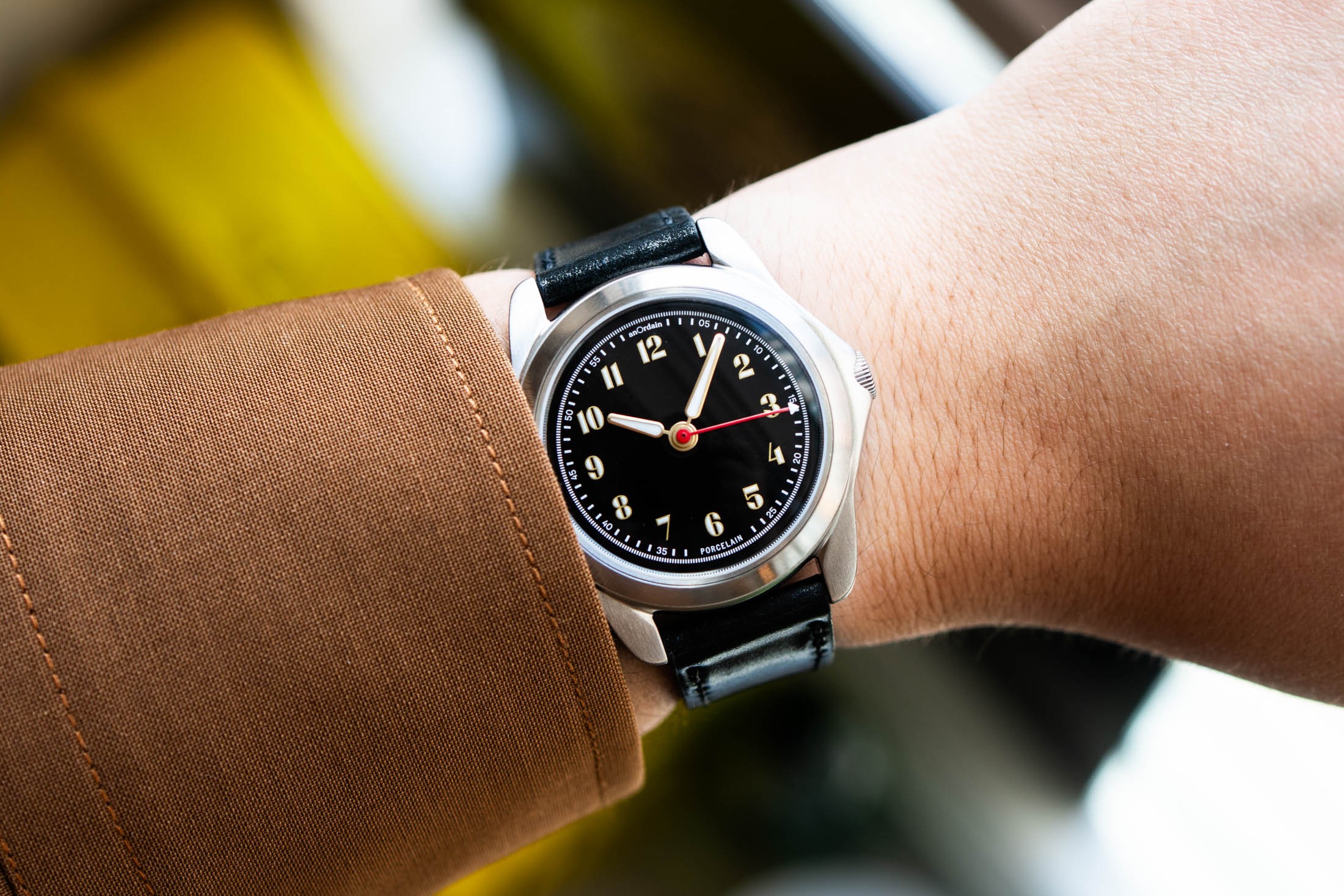
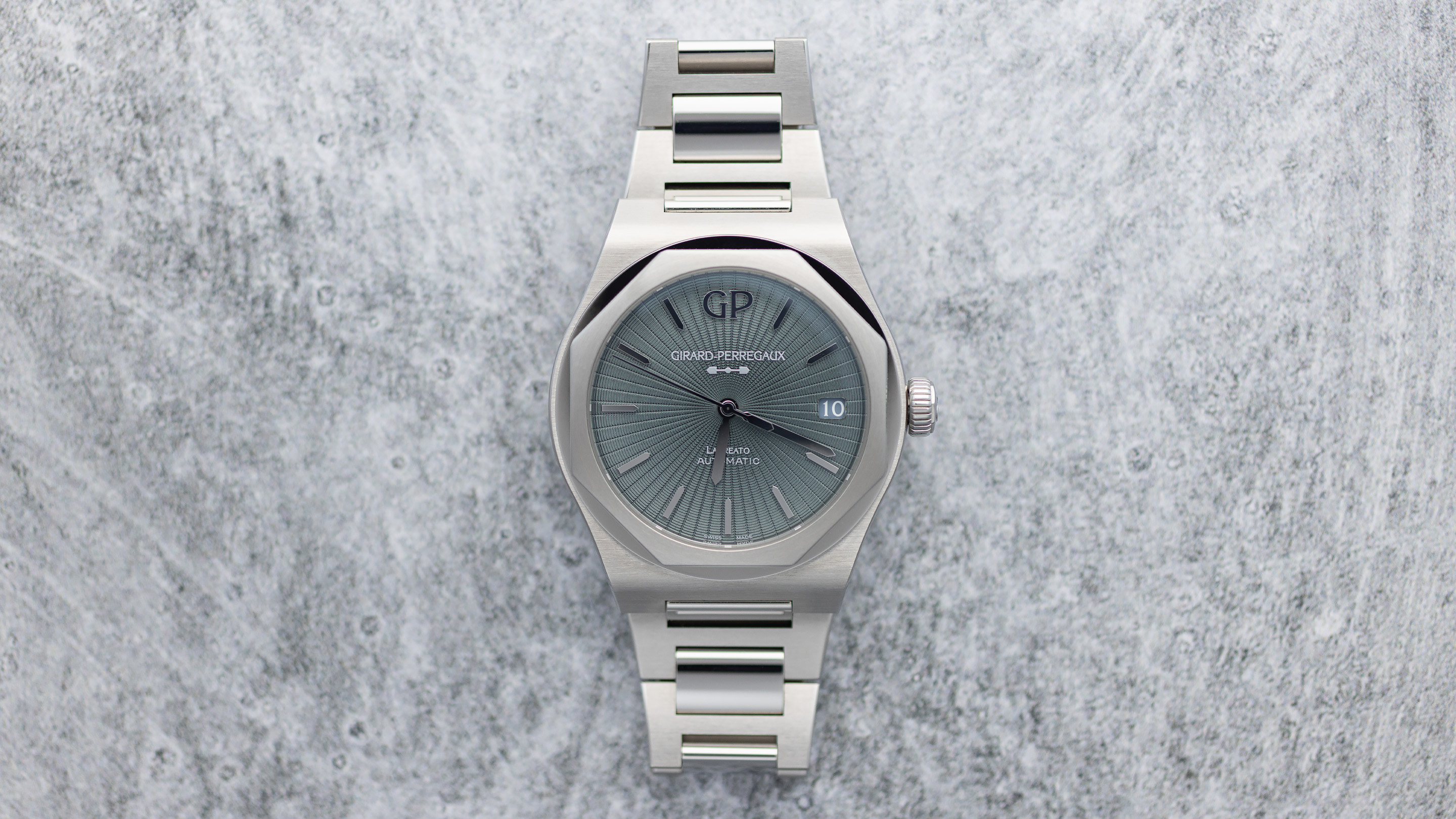


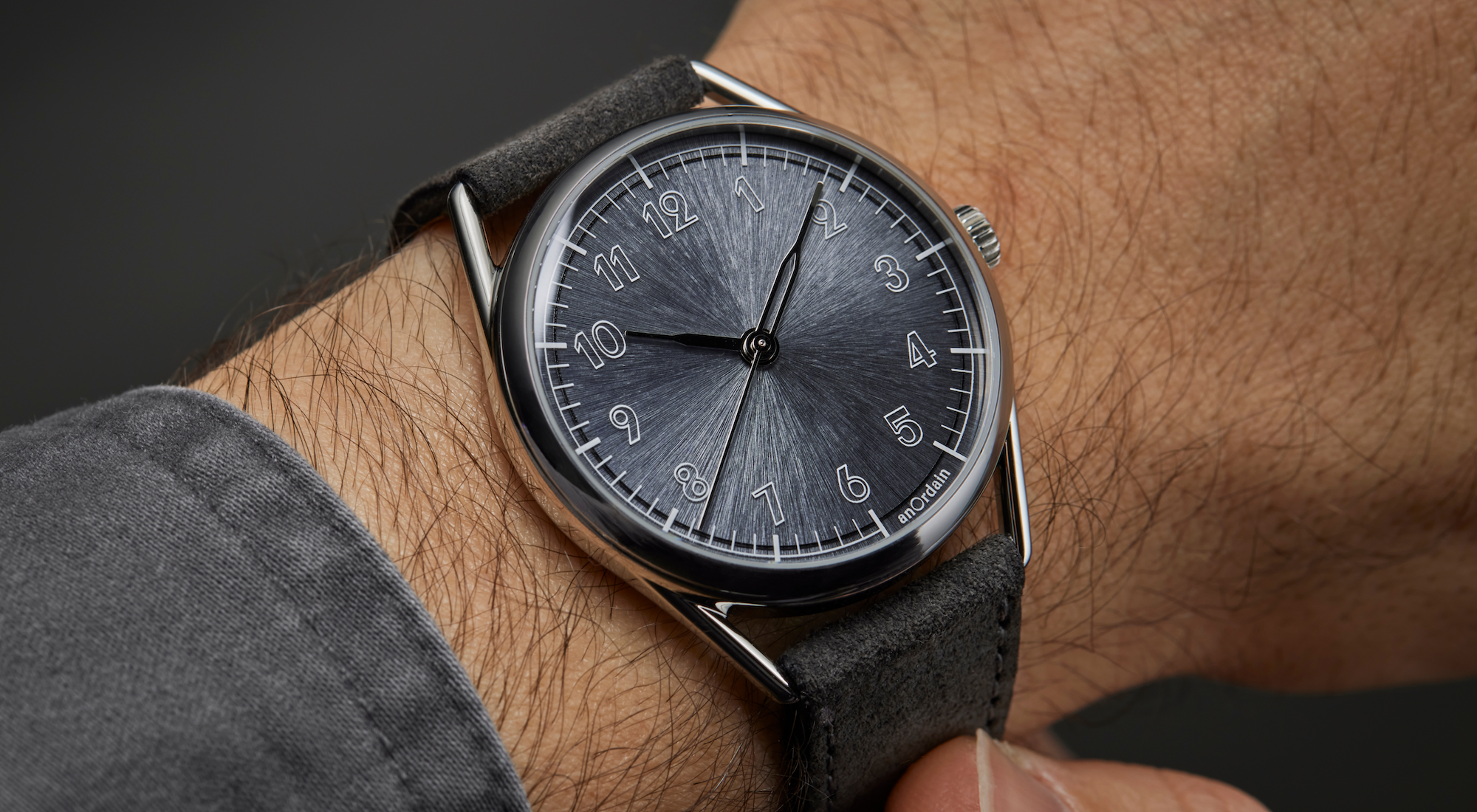
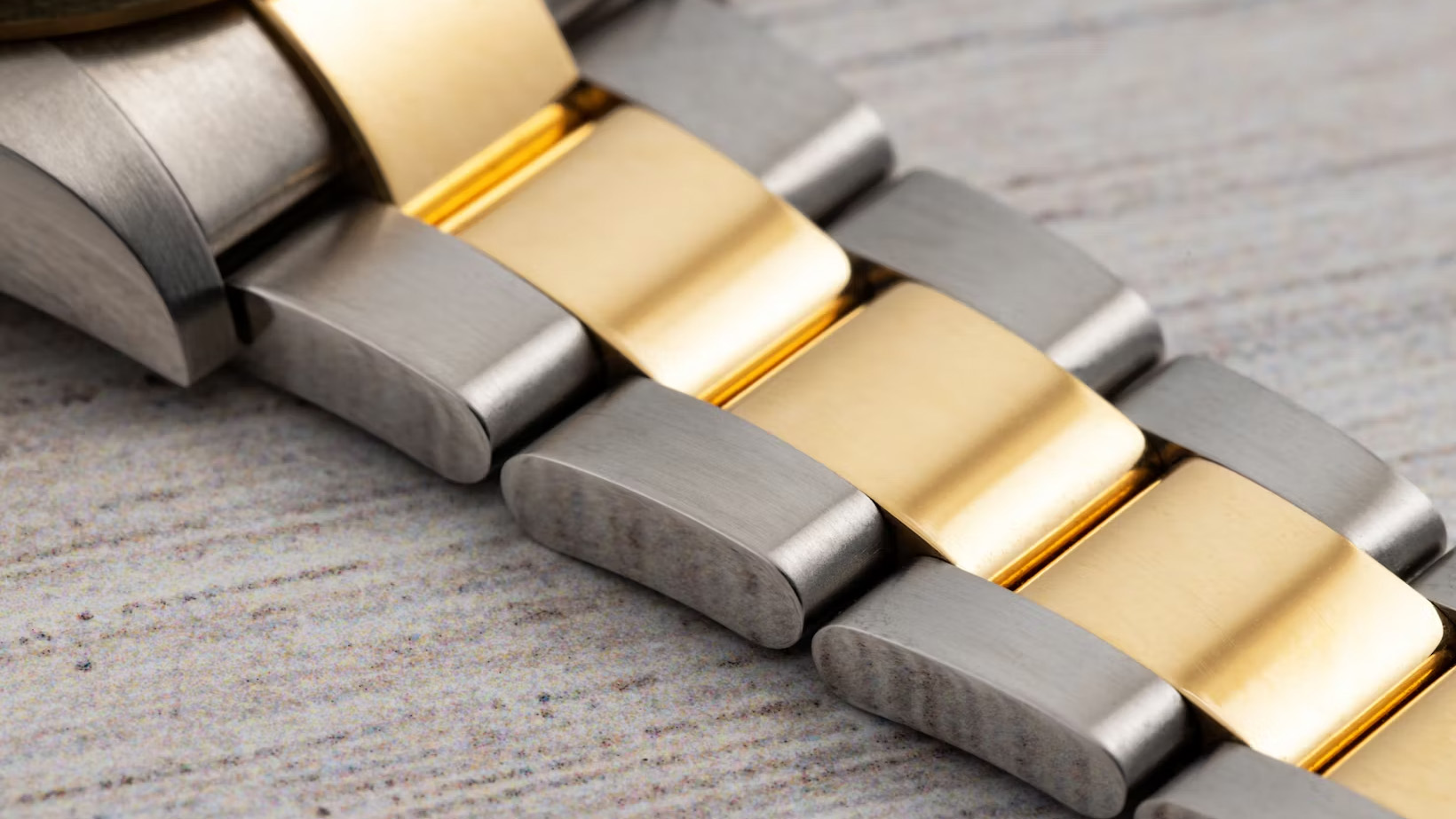
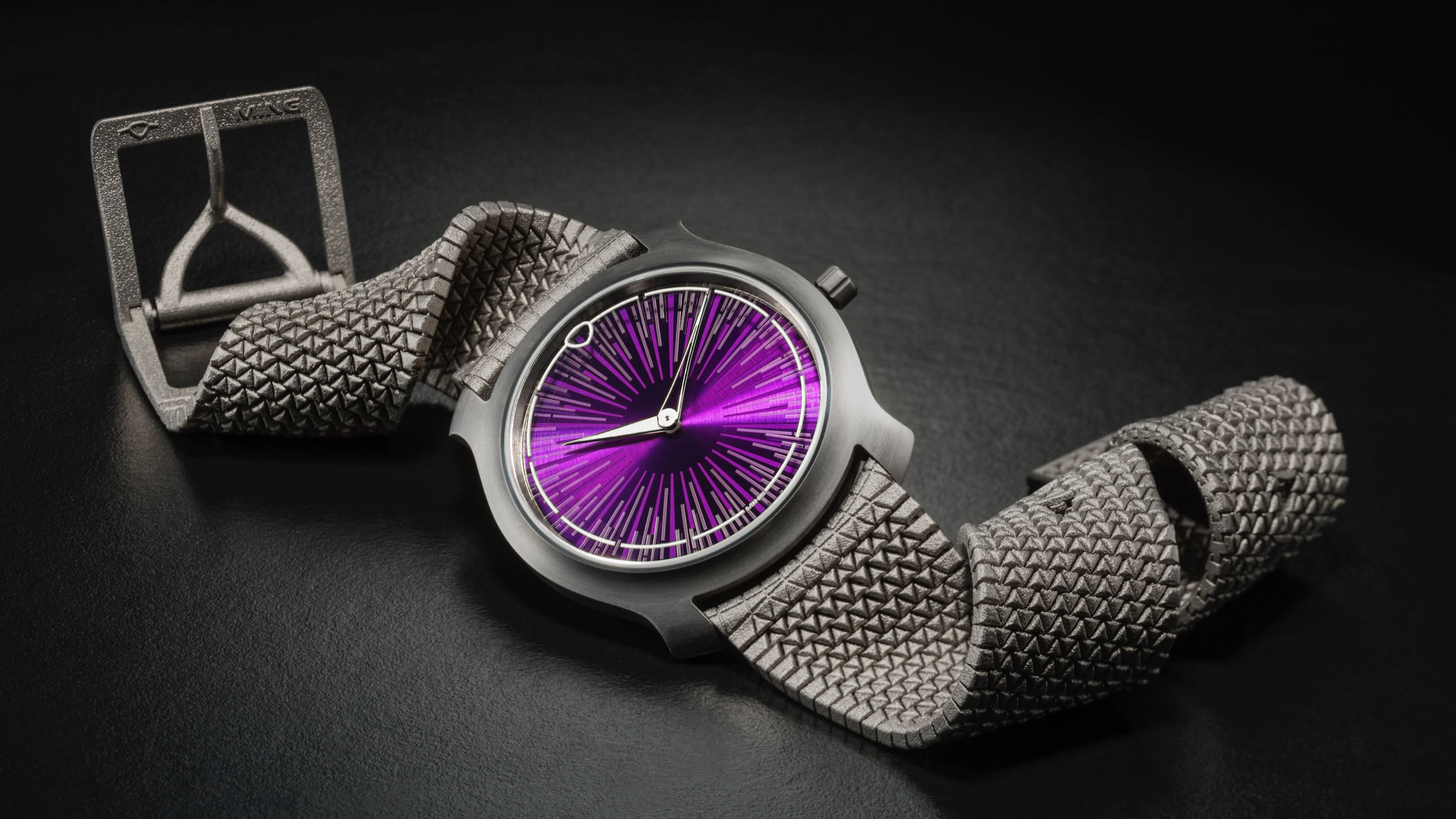
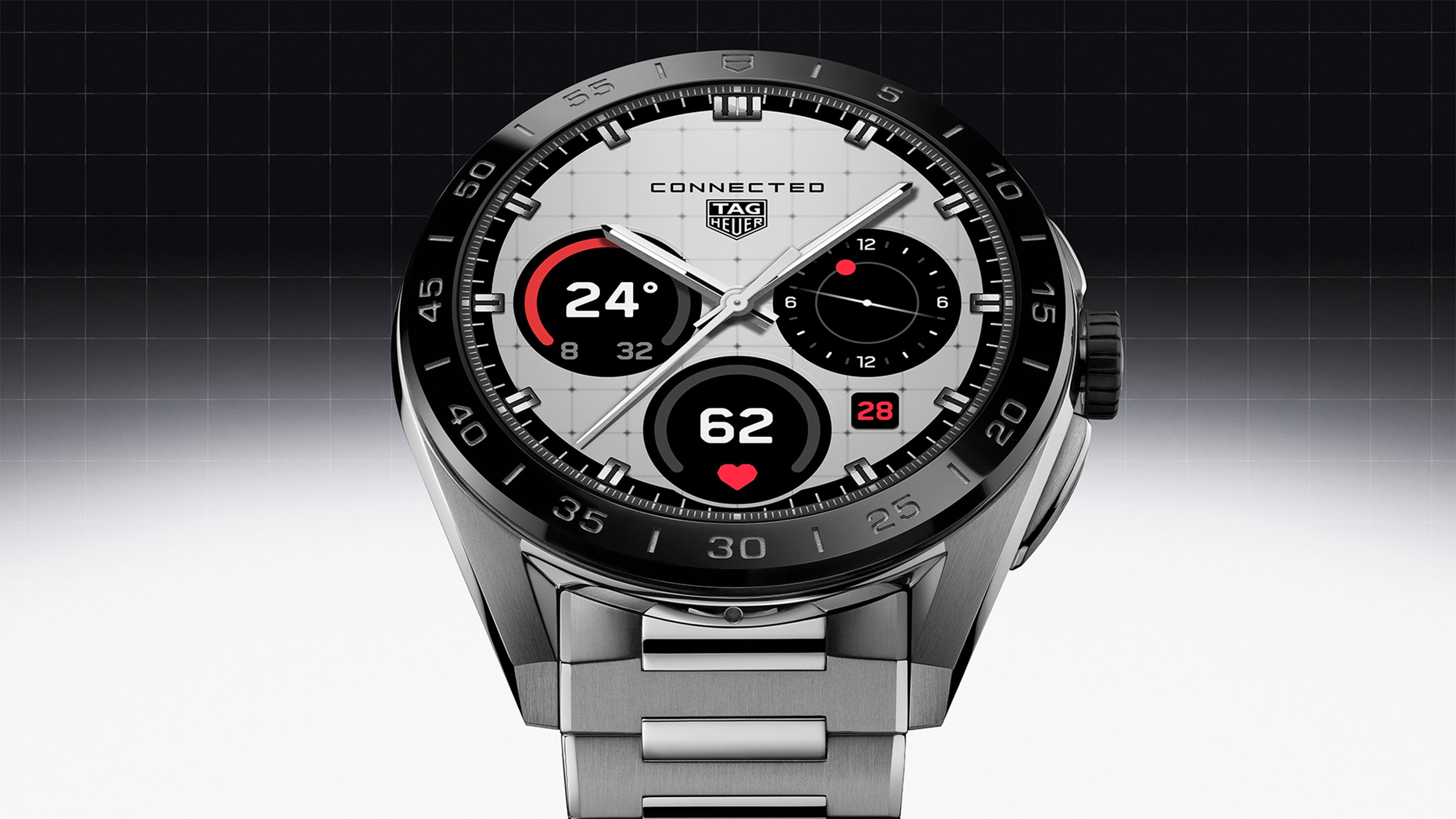
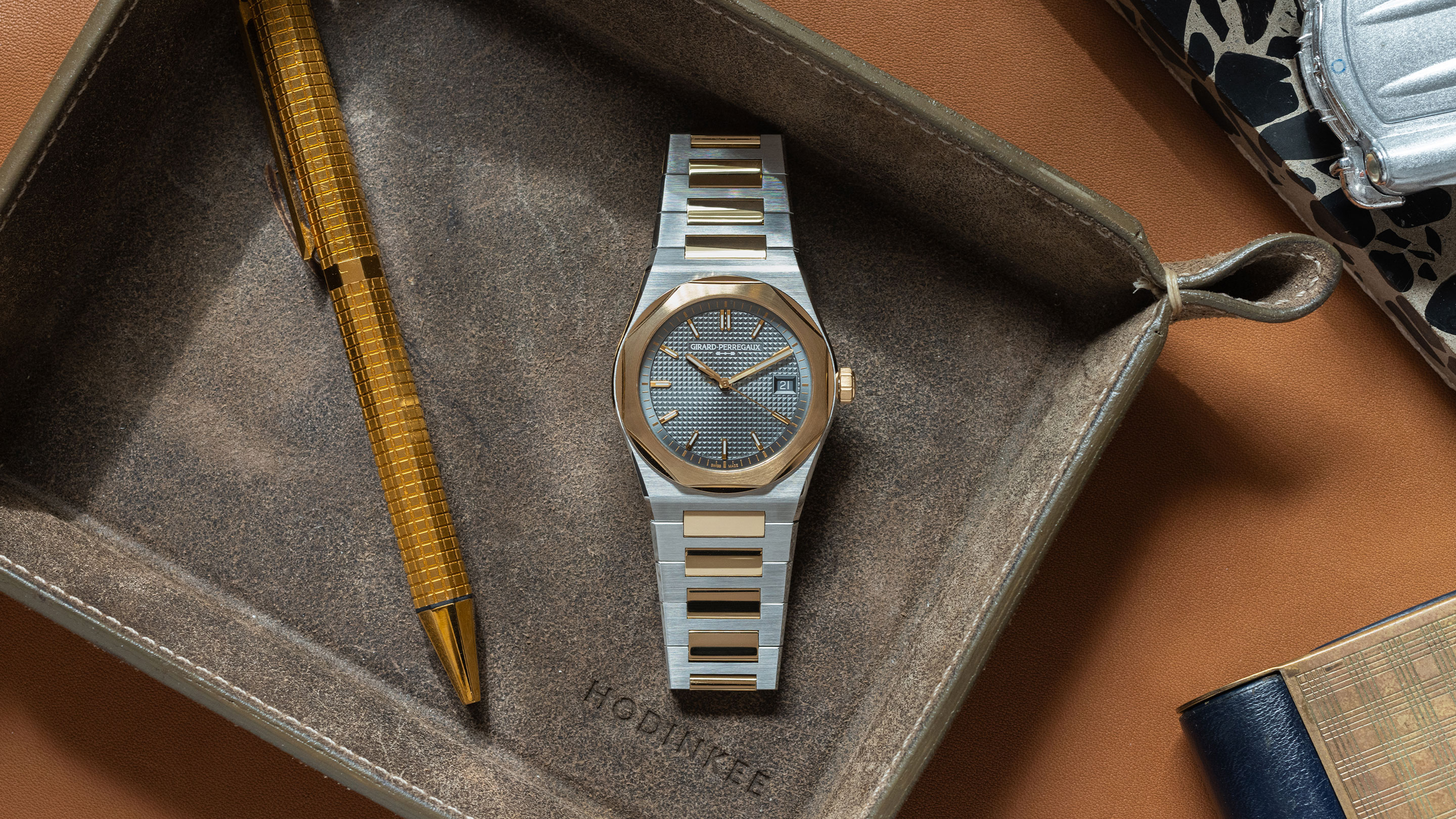
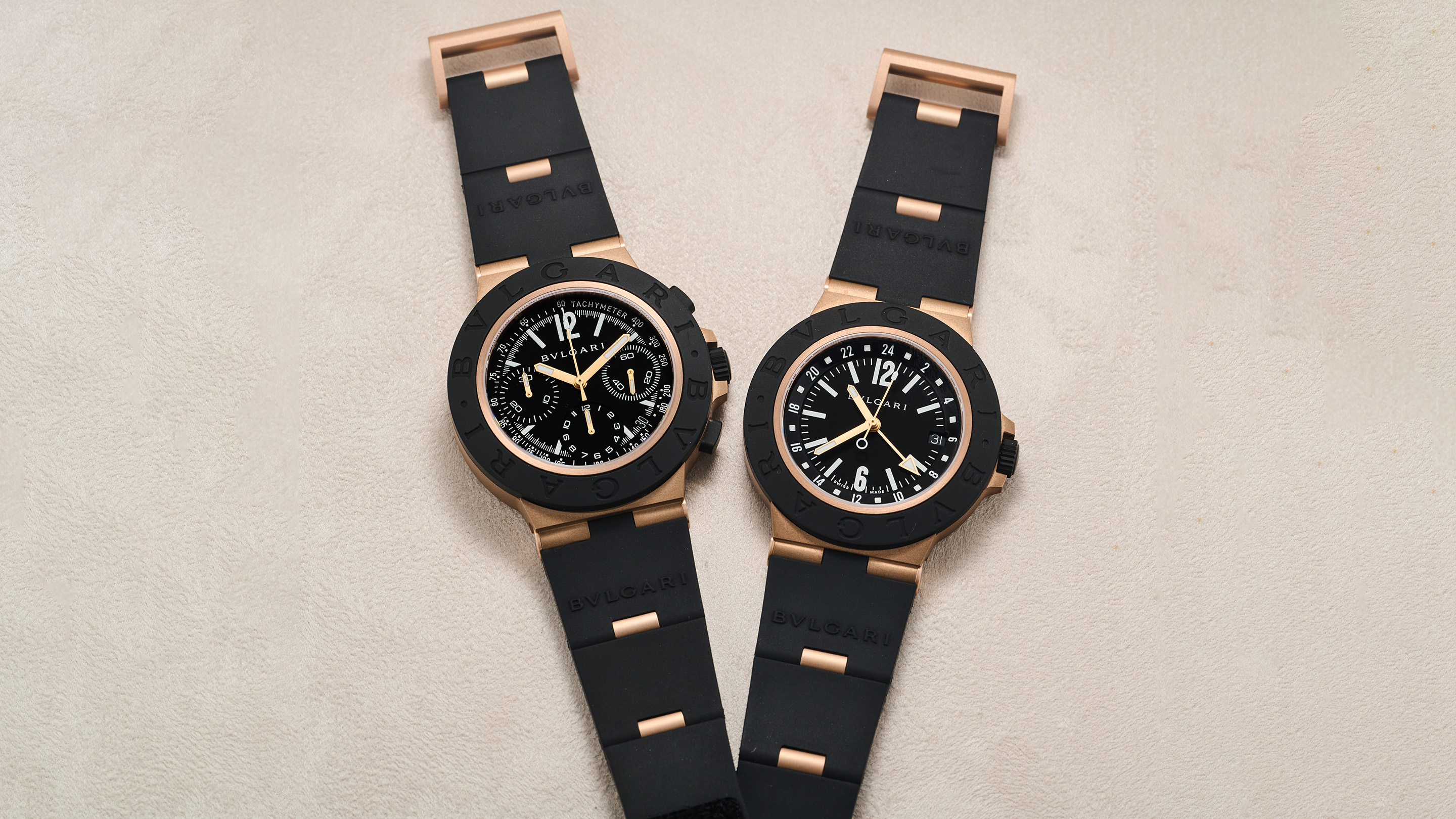
Top Discussions
Photo ReportInside Mike Wood’s ‘For Exhibition Only’: A Private Rolex Collection On Limited Display
Breaking NewsA Yellow Gold Rolex ref. 6062 Sets Record for the Reference, Third Most Expensive Rolex Ever Sold, At $6.2 Million
AuctionsPreviewing Phillips’ Massive ‘Decade One’ Auction and Reflecting on Ten Years of Phillips with Bacs and Russo